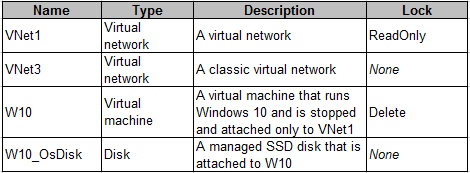Microsoft Azure Infrastructure and Deployment
Here you have the best Microsoft AZ-100 practice exam questions
- You have 91 total questions to study from
- Each page has 5 questions, making a total of 19 pages
- You can navigate through the pages using the buttons at the bottom
- This questions were last updated on November 17, 2024
